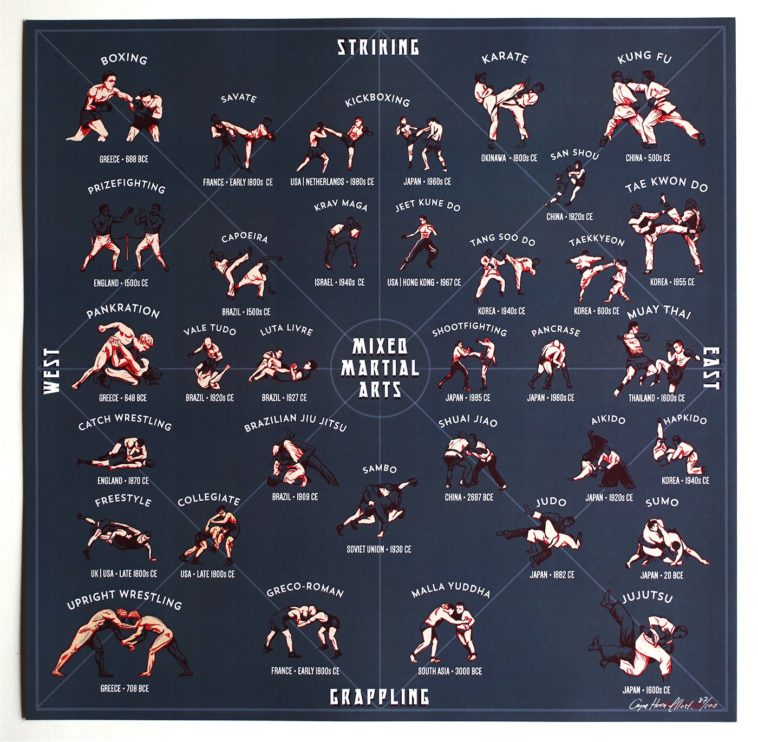Understanding The Different Belt Degrees In Taekwondo: Important Info To Keep In Mind
Understanding The Different Belt Degrees In Taekwondo: Important Info To Keep In Mind
Blog Article
Personnel Author-Mcdowell Duggan
Did you know that there are a total of 10 belt levels in Taekwondo? From the beginner's white belt to the prominent black belt, each level stands for a turning point in your journey to mastery.
Yet what do these belt degrees actually indicate? Just how do you progress via them?
In https://martial-arts-lessons-for50368.blogthisbiz.com/39083771/the-physical-benefits-of-martial-arts-building-toughness-and-flexibility , we will break down the belt levels in Taekwondo, explore their relevance, and discover what it requires to rise via the ranks.
So, if you wonder to understand the ins and outs of Taekwondo's belt system and what it suggests for your training, stay tuned.
The Objective of Belt Degrees
The objective of belt degrees in Taekwondo is to offer a clear and structured development system for you to track your development and skill level. As you start your Taekwondo trip, you start with a white belt, symbolizing your beginner condition. With each belt promo, you get new understanding, methods, and obligations.
The belt degrees function as milestones, showing your devotion, dedication, and growth in the fighting style. They offer a feeling of success and motivation to keep pushing yourself to enhance. In addition, belt degrees help instructors and peers evaluate your capabilities and supply suitable advice and training.
Belt Color Styles and Their Definitions
As you progress through the belt levels in Taekwondo, each color represents a particular meaning and symbolizes your growth in the martial art.
The white belt, which is the starting factor for all newbies, signifies purity and virtue.
As you carry on to the yellow belt, it indicates the earth from which a plant sprouts and takes root.
https://www.looper.com/854762/the-karate-kid-character-you-are-based-on-your-zodiac-sign/ represents development and the growth of your skills.
Heaven belt symbolizes the sky, where your potential as a Taekwondo specialist is limitless.
The red belt represents threat and caution, reminding you to utilize your skills properly.
Ultimately, the black belt represents proficiency and proficiency, signifying your trip towards coming to be a true Taekwondo master.
Each belt shade holds its very own unique significance, mirroring your development and dedication in this ancient fighting style.
Advancing With the Belt Degrees
To advance with the belt degrees in Taekwondo, you should consistently demonstrate your abilities and dedication. Below's what you need to understand about advancing in this martial art:
1. ** Method Makes Perfect **: Regular training sessions are vital to improve your strategy and master the required forms. Repeating develops your skills, permitting you to carry out with accuracy and rate.
2. ** Pressing Your Restrictions **: Advancing with the belt degrees needs pressing yourself past your convenience area. You'll be tested literally and emotionally, yet it's with these obstacles that you grow and enhance.
3. ** Evaluating Your Expertise **: Belt checks examine your understanding of Taekwondo concepts, including sparring, protection, and breaking methods. These examinations guarantee you have a comprehensive grasp of the art and prepare to progress to the following level.
Conclusion
As you embark on your journey via the belt degrees in Taekwondo, keep in mind that each color holds a much deeper meaning beyond its surface area appearance.
Much like the vivid shades of the belts, your development stands for development, discipline, and willpower.
As you advance, each belt comes to be a symbol of your commitment and proficiency of the art.
Welcome the challenge, push your limitations, and allow the symbolism of your belt degrees inspire you to come to be the very best version of on your own both on and off the floor covering.
